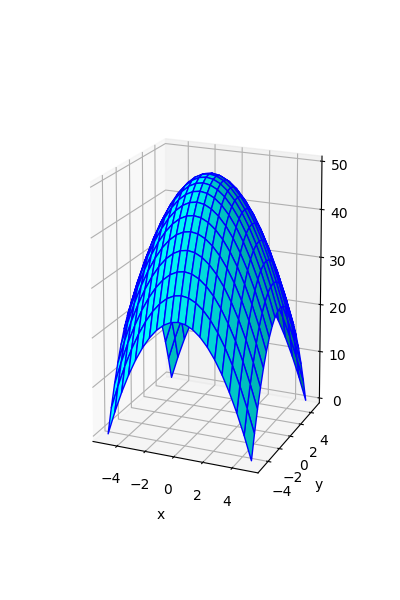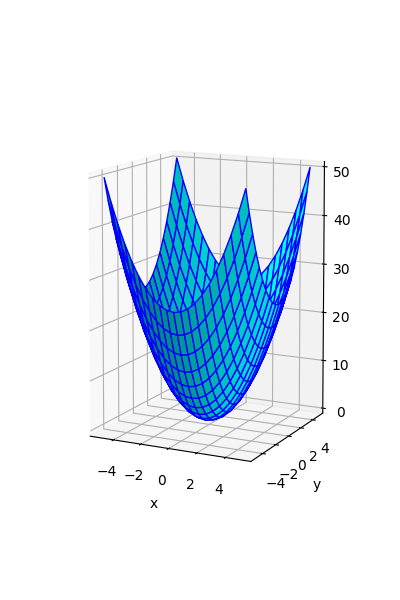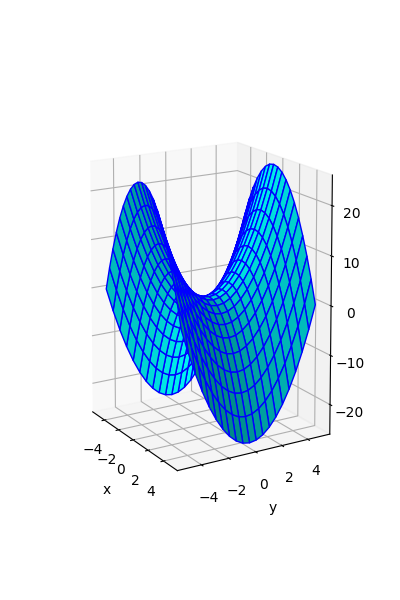Local Extrema
- f(a, b) is a local maximum if there exists a circular region in the domain of f with (a, b) as the center such that:
f(a, b) ≥ f(x, y)
for all (x, y) in the region. - f(a, b) is a local minimum if there exists a circular region in the domain of f with (a, b) as the center such that:
f(a, b) ≤ f(x, y)
for all (x, y) in the region. - If f(a, b) is either a local maximum or a local minimum, it is called a local extremum.
Local Extrema and Partial Derivatives
Let f(a, b) be a local extremum (a local maximum or a local minimum) for the function f. If both fx and fy exist at (a, b), then:
fx(a, b) = 0andfy(a, b) = 0
Points (a, b) for which these conditions hold are called critical points.


